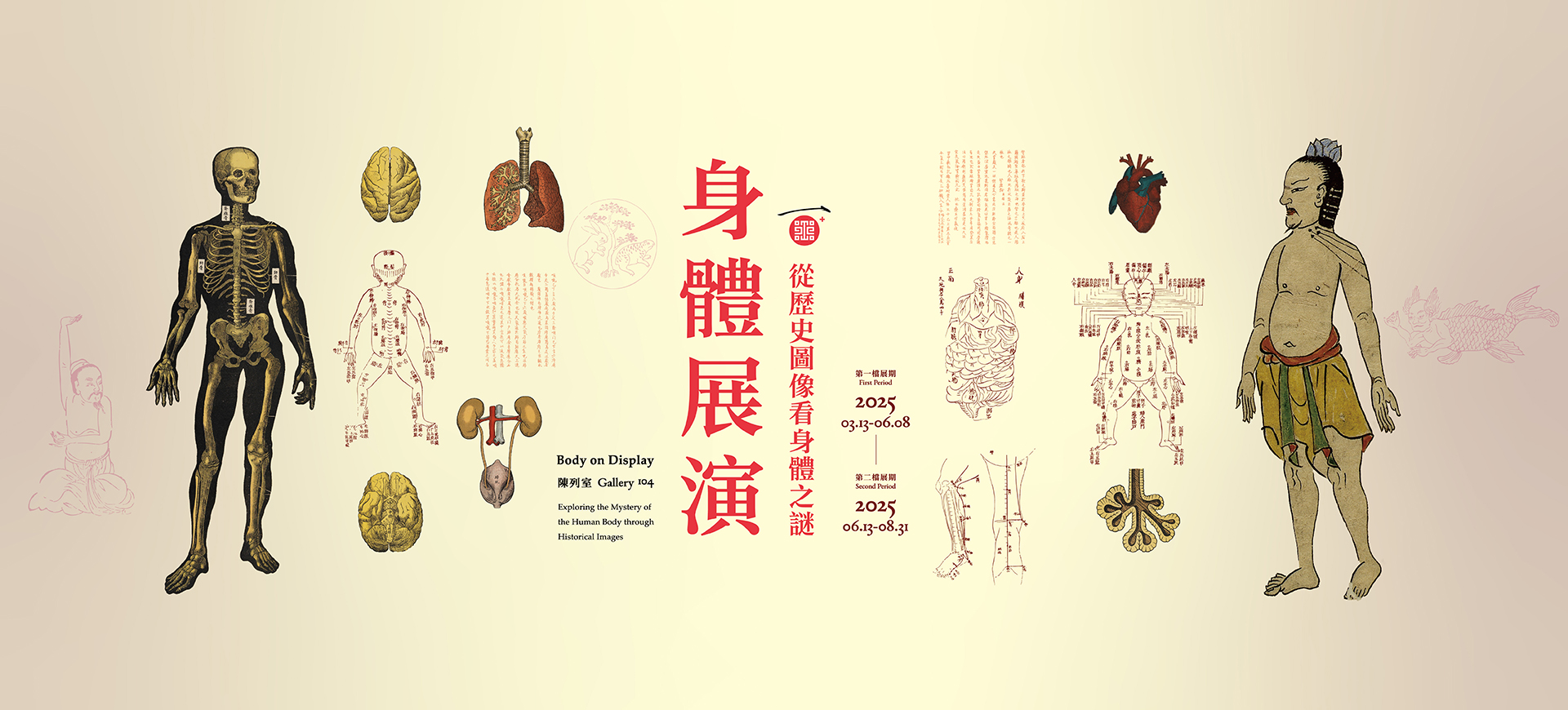Every individual’s body is unique, but when differences become too pronounced, they are often labeled as “variations.” Such “variations” may arise from illnesses or be shaped by the social and cultural constructs of different regions. This section presents text and illustrations from works such as
, exploring phenomena such as human-animal hybrid forms, animal-human hybrid forms, and bodies affected by diseases and disabilities. These artifacts delve into the peculiar transformations of the body in both imagination and reality, revealing how illnesses altered physical forms and showcasing ancient understanding and representations of bodily anomalies. The images and textual descriptions, though sometimes bizarre, are thought-provoking, prompting viewers to reconsider the definitions and boundaries of “normal” and “abnormal” bodies. This exploration seeks to uncover the deeper meanings and cultural insights surrounding bodily variations.
Human-Faced Creatures / Beast-Faced Humans
During the Ming dynasty (1368–1644), the physician Li Shizhen (1518–1593) recorded human-animal transformations in his Bencao Gangmu (Compendium of Materia Medica). The Sancai Tuhui (Assembled Illustrations of the Three Realms of Heaven, Earth, and Man) illustrated hybrids like beast-faced humans and human-faced fish, inspired by ancient Chinese texts like the Shanhai Jing (Classic of Mountains and Seas). Similar imagery appears in Western traditions. This exhibition features image reprints of human-animal hybrids from the Biblioteca Apostolica Vaticana (Vatican Apostolic Library), reflecting ancient views on the “normal” and “extraordinary” body, often shaped by mythology.
-
“Human-faced Fish” from the Sancai Tuhui (Assembled Illustrations of the Three Realms of Heaven, Earth, and Man)
Written by Wang Qi, Ming dynasty
Imprint in 1609, the 37th year of the Wanli reign (1573–1620), Ming dynasty
贈善004931-005023
-
“Beast-faced Humans” from the Sancai Tuhui (Assembled Illustrations of the Three Realms of Heaven, Earth, and Man)
Written by Wang Qi, Ming dynasty
Imprint in 1609, the 37th year of the Wanli reign (1573–1620), Ming dynasty
贈善004931-005023
-
Collection of poetry and literature written by Michael Haslob of Berlin at the Frankfurt Academy for the most esteemed and distinguished Blankenfeld and Meilemann families
(Michaelis Haslobii Berl. M. Carminvm in academia Francofordiana ad nobilissimos clarissimosque Blanckefeldos & Mellemanos scriptorum liber unvs)
Michael Haslob, 1540-1589
©Biblioteca Apostolica Vaticana (Vatican Apostolic Library)
Previous
Next
The Diseased Body
Ancient views of the diseased body were multifaceted. The “Wuxing Shengshuai Tu (Five Elements Prosperity and Decline Chart)” explored links among organs, time, and illness, while the “Guanxing Chase Tu (Observation of Form and Color Chart)” connected facial coloration to health. Illustrations depicted conditions like “Renmian Chuang (Human-face sores)” that could “speak,” as well as “Ruyong,” a disease affecting both men and women. Epidemics, or “Fanzheng,” were named after animals, reflecting imaginative interpretations of pain. The Shanghan Shejian (Tongue Inspection for Cold Damage Diseases) analyzed tongue coatings to reveal hidden conditions of the body. These works showcase traditional Chinese medicine’s diverse perspectives on the body and illness.
-
“Breast Ulcer Illustration” from the Yuzuan Yizong Jinjian
(The Imperial Compilation of the Golden Mirror of Medicine)
Written by Wu Qian and others on imperial order, Qing dynasty
Imprint by the Wuying Palace in 1742, the 7th year of the Qianlong reign (1736-1795), Qing dynasty
故殿030608-030695
-
“Human-face Ulcer Illustration” from the Yuzuan Yizong Jinjian
(The Imperial Compilation of the Golden Mirror of Medicine)
Written by Wu Qian and others on imperial order, Qing dynasty
Imprint by the Wuying Palace in 1742, the 7th year of the Qianlong reign (1736-1795), Qing dynasty
故殿030608-030695
Previous
Next


